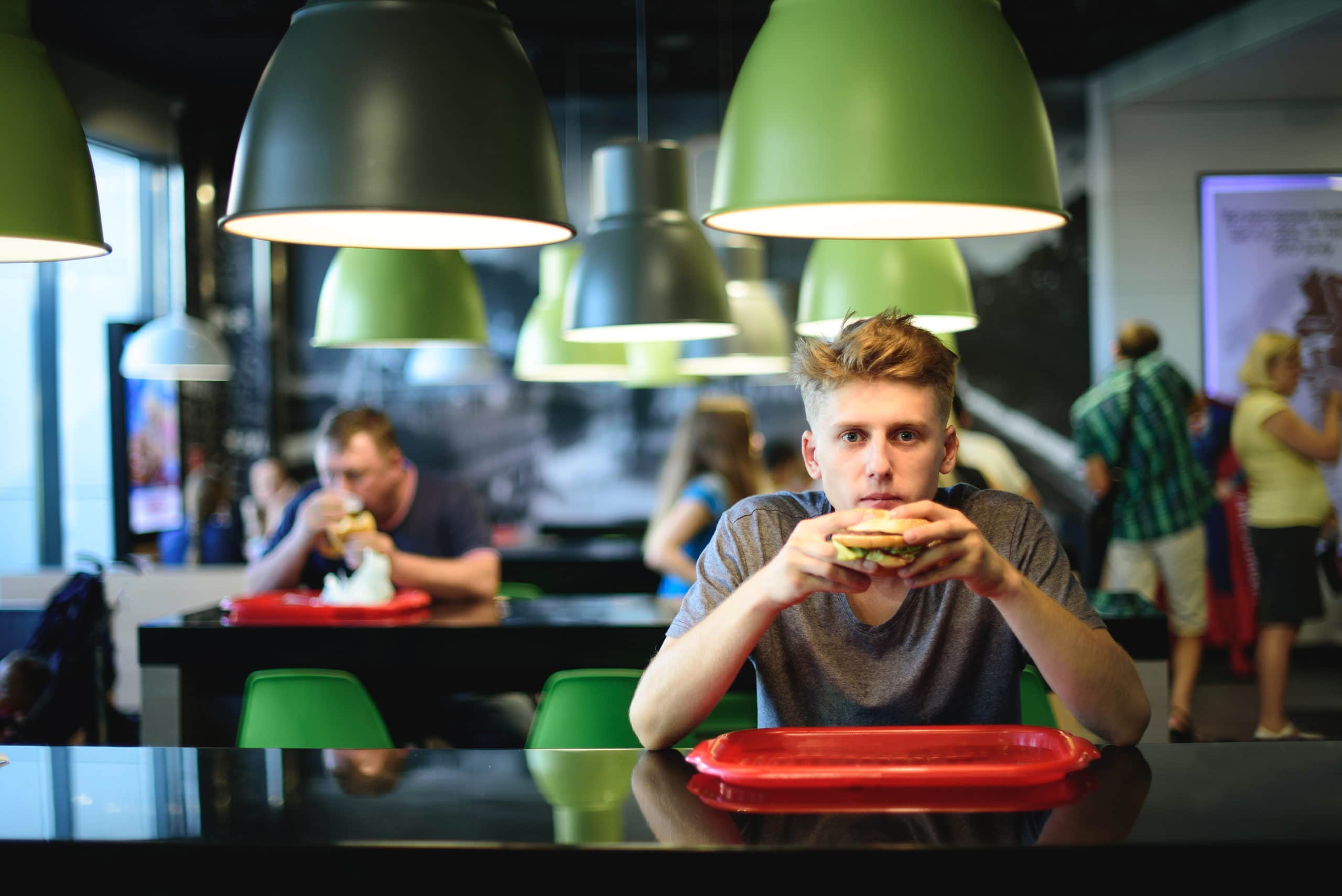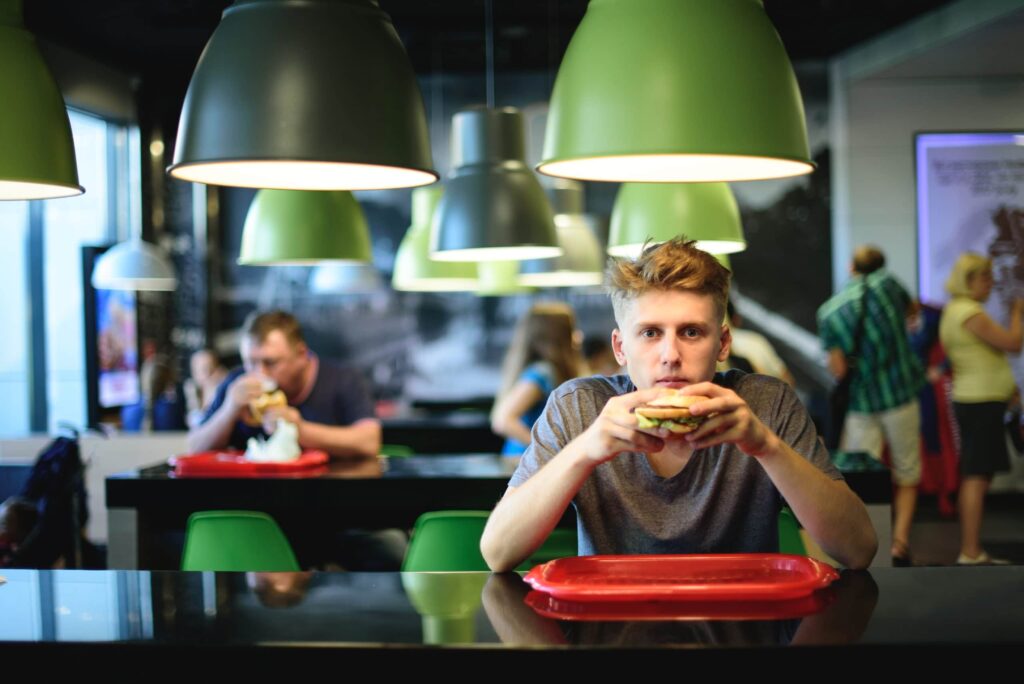A positive, memorable QSR customer experience can turn a casual visitor into a restaurant regular. However, QSR companies are challenged with the limited time they have to spend with their customers. The focus of the visit is a fast, convenient meal, but the in-restaurant experience is what will either drive them to return or to seek other options in the future. How, then, does a QSR location create a positive and memorable customer experience in the limited window that a typical customer will spend in the restaurant?
QSRs must take advantage of mobile app technology to enhance in-person interactions and drive value for consumers beyond simply a quick and low-cost meal. Marketing professionals looking to create a memorable QSR customer experience must be prepared to deliver that experience rapidly and in a manner that is easy to interact with while on the go. More than a few QSR brands have managed to get this right by offering engaging mobile apps. Let’s explore ways your QSR company can model the most crucial techniques of these successful mobile marketing strategies.
Using Technology That Matters to Customers to Drive Positive Experiences
Many marketing professionals are surprised to learn just how important mobile technology is for QSR customers in the digital age. In a National Restaurant Association study, one-quarter of QSR customers state that technology was a factor in their decision to visit a restaurant.

Some suggestions for how a QSR company can interact with its customers during a visit are:
- Increased personalization: Your Pie is a QSR that focuses on custom pizzas for its customers. They keep a history of all orders placed via their app so that they can use it to inform on future selections. So, for example, if a customer ordered a gluten-free pizza in the past, and the company came out with a new gluten-free menu item, they can target those specific customers with marketing for their new product. This increases the personalization of the interaction with the QSR. The consumer will feel like the app understands what’s important to them and is designed to cater to them.
- Rewards management: In the past, Dunkin Donuts used a card-based rewards system. In 2014, the brand rolled out a new mobile-based program and saw its participation numbers rapidly increase. Their app has garnered 10 million downloads and has significantly increased the company’s revenue. They have seen rewards upsells be particularly profitable. When a customer uses the mobile app in-store to redeem a free coffee, for instance, they’ll very likely buy another menu item in addition to redeeming those points for something. Making it easy for a customer to cash in on rewards also makes it easy for them to spend more while in your restaurant.
- Deliver branded content: Companies can encourage a greater customer connection to their QSR through branded content within an app. Panera Bread uses branded content to improve customer relations. Content that’s directly related to a customer’s prior purchases is displayed to them via the restaurant’s app. So, if the consumer ordered an apple fritter in the past, they might see an article about apples. If they like spicy food, the company will share content about exotic spices and the countries they come from. This is a clever way to use branded content while also keeping customers engaged during their visit.
The window that QSR companies have to make an impression is short, which is why Your Pie, Dunkin Donuts, and Panera have each designed their apps to work quickly and be used while their customers are waiting in line. Failure to deliver a timely message could cost your company a sale. Thankfully, this is where geolocation technology comes in.
Why Location Technology is Key for the QSR Customer Experience
Even the best mobile campaign will fail to gain customer interaction if the timing isn’t right. This is where beacons can be used to capitalize on perfect timing and create a better QSR customer experience. When you’re trying to enhance your in-store marketing, you want to be able to automatically note when a customer has entered or is near a location. Location technology, such as beacons, makes this possible.
Beacons, for example, work with mobile apps to help provide a positive QSR customer experience via:
- Push notifications: Push notifications can be used to remind a customer that they have downloaded your app and can use it to benefit themselves, such as by taking advantage of a promotion.
- Improved retargeting: A customer can allow a company to gain information from prior purchases and other app-related details. A QSR can then use that information for retargeting, such as creating recommendations based on location. This is not something that’s possible without geolocation technology.
- Managing store traffic patterns: Technology like beacons can also be used to better determine peak times and customer behaviors, as well as determining purchase intents that drive sales. These insights can be collected via mobile devices teamed with a beacon, and that data can be used to advise on everything from future marketing plans to staffing needs and store hours.
Geolocation technology is a critical aspect of creating engagement via mobile while a customer is in your restaurant as they allow you to gain data and insights on customer behavior. You can, in turn, use that information to improve the customer experience. If, for example, you notice a peak wait time at 1 pm on weekdays, you can then increase staffing, or add other options like mobile ordering, to improve QSR customer experiences.
Mobile apps make this new wave of marketing in the digital era possible. The stories of the QSRs above who have taken advantage of app technology all showcase examples of how QSR companies can easily leverage mobile apps and beacons to improve services, gain greater customer interaction, and offer greater value to their restaurant visitors. This is possible even when time is limited as mobile can conveniently connect with those customers the second they walk through your doors—quickly enough to create a memorable QSR customer experience.
Shopkick helps partners leverage beacons and other geolocation technology to improve the customer experience for QSR companies. If you’re interested in seeing what this unique technology can do for your restaurant, contact our team today.
Image courtesy BodnarPhoto





